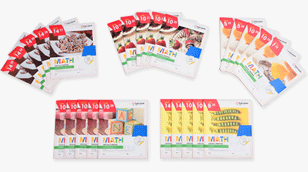Eyelevel Math Concept
Eye Level Math helps improve problem-solving skills by enabling students to master concepts through a small-step approach. Eye Level is a holistic Math Program which involve online & offline approach.Its towards mastery learning with effective self-directed learning according to individual student’s learning pace, need & ability.

Development of Mathematical Thinking

Basic Thinking Math enables students to complete the foundation of mathematics and covers the following study areas: Numbers, Arithmetic, Measurement, and Equations.
Critical Thinking Math enables students to develop depth perception, problem solving, reasoning skills, and covers the following study areas: Patterns and Relationships, Geometry, Measurement, Problem Solving, and Reasoning.
What are the benefits of Eye Level Math?
1. Systematic study materials for all levels
Eye Level Math uses a systematic curriculum, which is divided into various levels according to student abilities. This allows students to fully understand and master the required mathematical concepts in a progressive manner.
2. Study materials that develop the ability to solve problems independently
The Eye Level curriculum is progressive. Subtle increases in difficulty in each level makes it easy for all students to learn. This allows students to become comfortable with all necessary concepts before proceeding to the next level. Students will be able to solve questions that are presented as variations of similar concepts.
3. An interactive teaching methodology that incorporates proactive feedback
Eye Level is a proactive learning process. Students receive continual, ongoing feedback from our instructors to enhance the student learning process. Instructors also work with parents to maximize feedback.
Communication is an integral part of education. A positive environment makes learning optimal for all students. In this case, students are able to learn from both their parents and instructors.
4. Eye Level helps students develop their critical and analytical thinking skills
The active use of learning materials creates a learning environment where students will develop critical and analytical thinking skills. This is accomplished through developing depth perception, location and spatial relationship skills by utilizing our learning materials such as Numerical Figures, Blocks and Shapes, Clear Paper, Colored Blocks, Mirror, and Wooden Blocks. Difficulty and question variations are introduced systematically throughout all levels.
5. Eye Level allows students to utilize their skills in all areas of study
Performing well in Eye Level not only helps students in mathematics, but is also helpful for applying their knowledge to other areas of academic studies. Skills that students will develop in Eye Level are broad. In most cases, students will be ahead of their class and their peers. Ideally, students will advance faster in all areas of academic studies and thus become more confident in all areas of study.
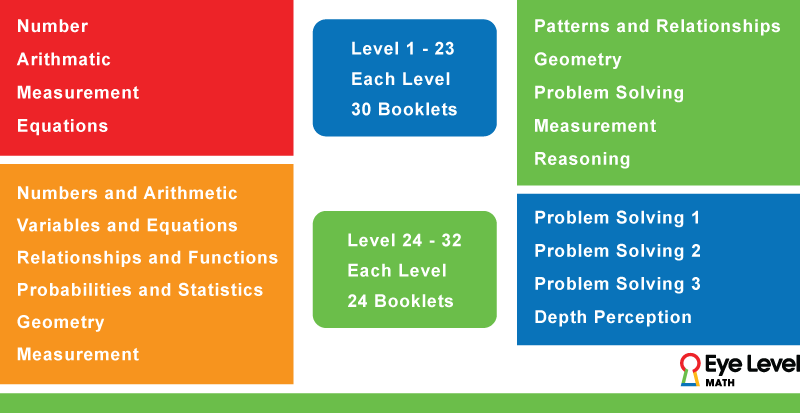
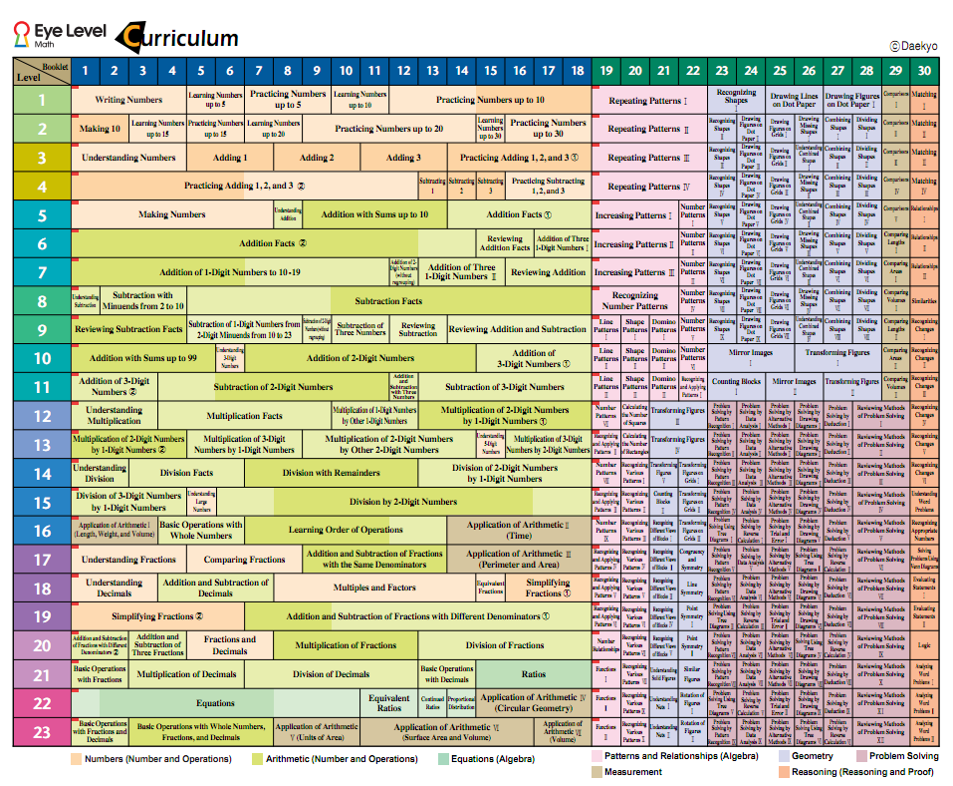
Numerical Figures assist in developing the concepts of number and quantity..
Numerical Figures
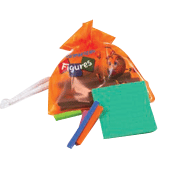
Students experience practical applications in mathematics by solving applied mathematical problems using Eye Level Math Learning Materials.
Numerical Figures
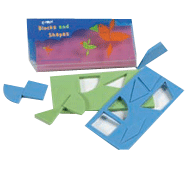
Students experience practical applications in mathematics by solving applied mathematical problems using Eye Level Math Learning Materials.
Clear Paper
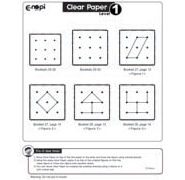
Clear Paper is used to trace and copy various shapes. This helps students to develop their mental skills in relation to depth perception and location.
Colored Blocks
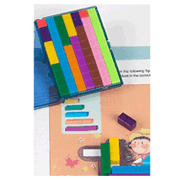
Colored Blocks assist in the understanding of numbers as well as length. As students manipulate Colored Blocks, they develop their perception of depth and location.
Mirror

Mirror activities require students to draw shapes symmetrically. This forms the basis for line symmetry that will be introduced in future studies.
Wooden Blocks
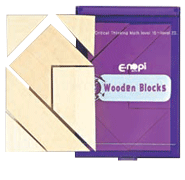
The manipulation of Wooden Blocks enables students to learn depth perception, location, and spatial relationships. This is crucial in the development of critical and analytical thinking skills.
Thinking Bricks
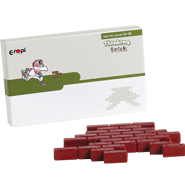
Thinking Bricks consist of three cuboids that can be used to stack up the bricks. (5 pieces, 2 sets)
Thinking Pentos
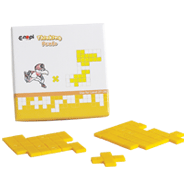
Thinking Pentos are used to build a model built by putting the sides of unit squares together. (12 pieces)
Thinking Cubes

Thinking Cubes are used to build a model that comprises the figures with concave surface built by putting together the faces of 3 or 4 cubes. (7 pieces)
Basic Thinking Math
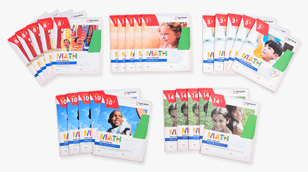
Critical Thinking Math
